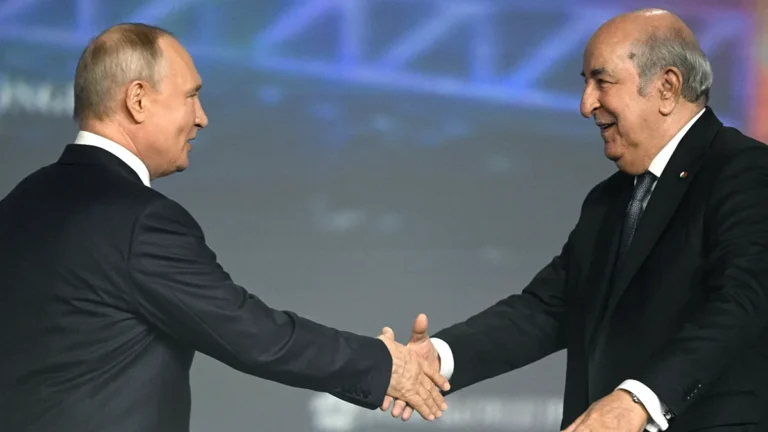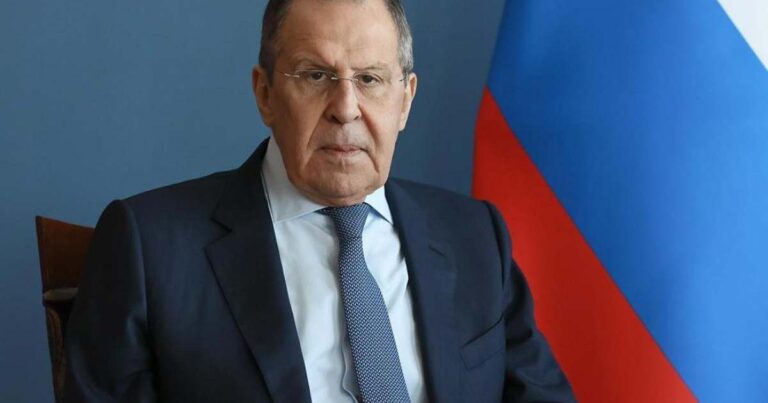
Angola’s military has secured a place among Africa’s elite defence powers, ranked sixth on the continent and 56th globally in the 2025 Global Firepower Index.
With a PowerIndex score of 1.09, the nation’s armed forces are commanding renewed attention. But beneath the headline figures lies a deeper question: is Angola’s military dominance real—or simply a statistical illusion?
“Military power is the ultimate expression of state sovereignty and the reflection of its capacity to project power in time and space,” political theorist Raymond Aron once wrote.
That view now guides the debate as Angola seeks to transform its numerical strength into strategic might.
An emerging continental force
Angola’s armed forces comprise approximately 117,000 personnel across the Army, Navy, and Air Force.
The country’s strategic location along the Atlantic and its leadership role within the Southern African Development Community (SADC) position it as a key actor in maritime security and regional diplomacy.
Angola’s involvement in peacekeeping missions and its growing influence in multilateral military dialogues reflect a shift toward what Joseph Nye describes as “smart power”—a combination of hard and soft influence.
Outdated arsenal, limited reach
Despite its strengths, Angola’s defence capabilities remain hindered by legacy Soviet-era equipment and a lack of modernisation. “Combat capacity depends less on numbers and more on strategic and technological quality,” said security scholar Ken Booth.
The Navy lacks blue-water capabilities, while the Air Force is under-equipped for broad surveillance or rapid deployment.
The country also lags in cyber defence and logistics.
Analysts warn that in a world where security increasingly hinges on digital dominance, Angola’s virtual vulnerability could offset its physical strength.
Strategic roadmap for transformation
Defence experts have laid out a multi-pronged plan to modernise the Angolan military.
Key proposals include investment in surveillance drones, guided missile systems, and cyber warfare infrastructure. Strengthening the Navy with offshore patrol vessels and enhancing the Air Force with multi-role aircraft are among the priorities.
Training is equally vital.
“A prepared armed force begins in the minds of its cadres,” said General Loureiro dos Santos. Reforms in military education and leadership are aimed at preparing personnel for hybrid warfare and multilateral operations.
Security as a driver of national development
Angola is also positioning its military as a tool for national development. In underserved regions, military presence asserts sovereignty and helps suppress illicit activity.
Disaster response and infrastructure development by military engineering units—already seen in countries like Brazil and Mozambique—could become a model for Angola.
Social inclusion is another frontier.
The armed forces offer vocational and civic training, providing opportunities for youth and contributing to national cohesion. Analysts highlight successful models in Cape Verde and South Africa, where barracks serve as training hubs for marginalised populations.
Global projection through cooperation
To strengthen its international standing, Angola is seeking to enhance its peacekeeping role, particularly through partnerships in Africa and the Portuguese-speaking world.
Investments in language training, interoperability, and legal frameworks are critical to making its forces deployable and effective in multilateral missions.
From presence to influence
Angola’s path forward hinges not only on military expenditure but on the strategic use of that power. As the global security landscape shifts towards cyber, space, and intelligence domains, Angola’s military must evolve with it.
“Weapons should not only guard the country; they should also sow its future,” said one official, echoing the vision of independence leader Amílcar Cabral.
From troop numbers to tech investment, Angola now stands at a crossroads—poised to move from regional presence to continental influence, if it can align its military might with long-term strategy.



